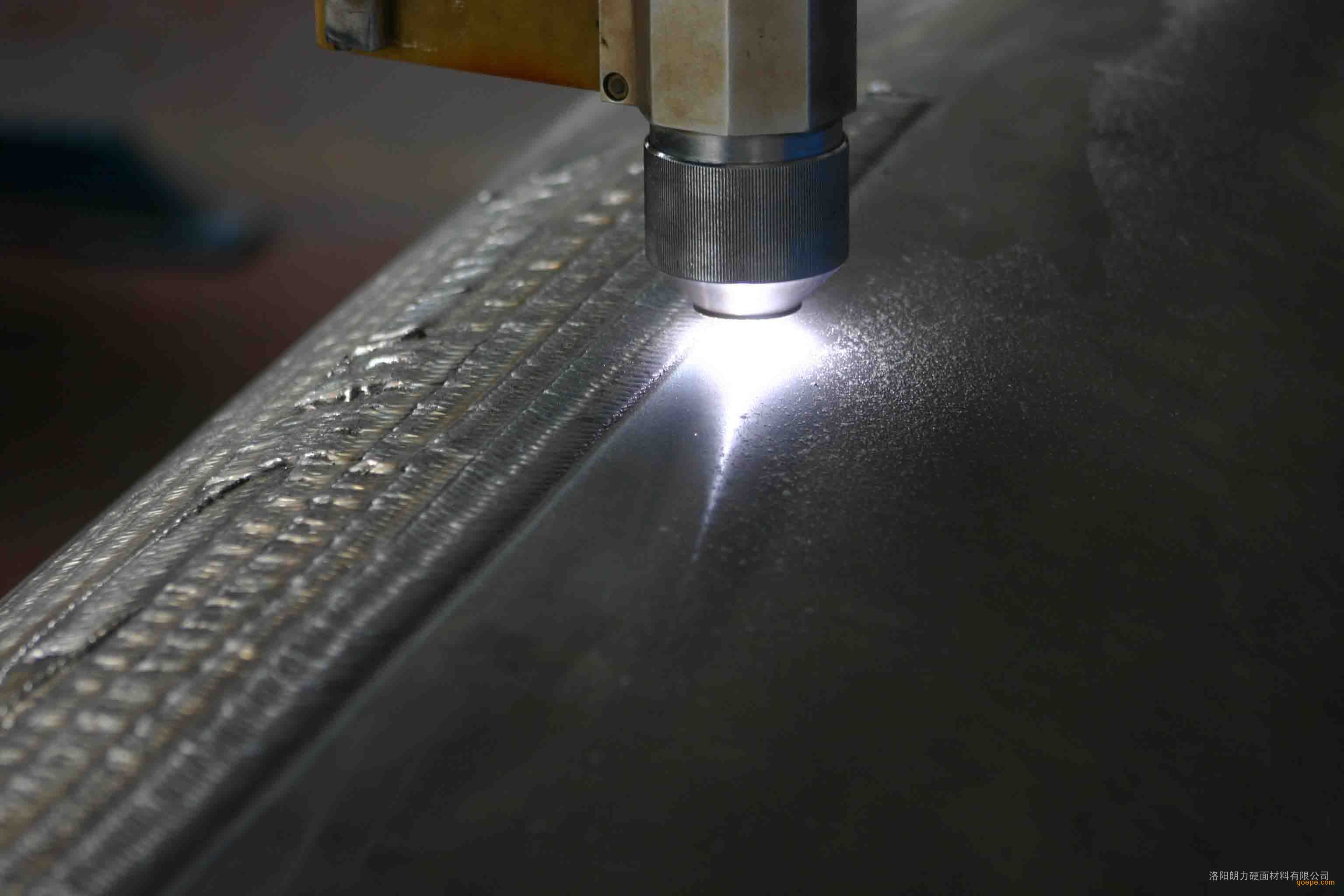Wettablity of solid surfaces with liquids is governed by the chemical properties and the geometry of the surfaces. As far as the geometry of a surface is concerned, the water-repellent properties are well known to be enhanced by fine roughness. However, the super-water-repellent surfaces so far obtained using this idea are based on organics and are translucent or opaque, although transparency is preferred for technological applications of super-water-repellency.
Studies of water-repellent coatings by the sol–gel method, which is known to be a practical method for preparing oxide. thin films on various substrates such as glasses, metals, ceramics, and polymers, have been focused on the control of the chemical properties of surfaces by coating with, for example, fluoroalkyltrimethoxysilanes. In our previous research, we reported on the transparent water-repellent coatings on glass substrates by the sol–gel method, where only the chemical approach was used and a contact angle for water of 115 was obtained, 3 On the other hand, the control of the microstructure of the surface of coating films is another way to improve water-repellency.
Al2O3 thin films with a roughness of less than 50 nm were prepared from aluminum tri-sec-butoxide and ethyl acetoacetate (EAcAc) according to the following procedure. Al(O-sec-Bu)3 and isopropyl alcohol (i-PrOH) were mixed and stirred at room temperature for 1 h. EAcAc was added to the solution as a chelating agent, and the solution was stirred for 3 h. Water diluted with i-PrOH was then carefully added to the solution for hydrolysis and this solution was used for coating..

本文由桑尧热喷涂网收集整理。本站文章未经允许不得转载;如欲转载请注明出处,北京桑尧科技开发有限公司网址:http://www.sunspraying.com/
|

